We in Grantham woke up to a winter wonderland this morning—our first snow of the season. It may seem like an odd time to talk about Spring I but believe it is the perfect time. Months ago, the forward thinking Grantham Garden Club purchased hundreds of daffodil bulbs to brighten up downtown Grantham. GGC volunteers planted them last week. Having this opportunity to chat was a rare treat these days. It’s amazing how an hour’s work planting bulbs goes by in an instant when you’re simultaneously talking with friends. Next May when you see those charming yellow trumpet flowers pop up, think of the GGC and how much we love our town.
When all those daffodil bulbs were safely put to bed, I did a little research. I learned that the daffodil is the national flower of Wales and is incorporated in the imagery for the whole of Britain—daffodils entwined with red and white Tudor roses, the Scottish thistle and the Irish shamrock. Here’s an interesting fact: the Welsh Isle of Scilly pays an annual rental of one daffodil a year to Prince Charles of England. That’s something we don’t seem to do here in the States but I wish we did. Though they’re native to Europe and North Africa, daffodils are grown and loved all over the world. They only bloom for twenty days which makes them that much more special when they do.
I contacted our Welsh GGC member Liz Knox to ask her about daffodils in Wales, and here’s what she wrote “You do see them everywhere in Wales…. planted loosely in grass … I discovered when our four year old was in the village school that in her school and apparently in most elementary schools in Wales, all the children bring daffodils to school on March the 1st … St David’s Day (patron saint of Wales) Which is also interesting in that it tells you that most years the daffs are well out by March 1st!!!”
Daffodils are so popular that a Daffodil Society was established in Great Britain in 1898. The society is still active today. Their website includes a section dedicated to wild daffodil sites. When we’re really free to travel this world again, I have decided that I’d like to go to Wales and England in March and visit some of the trails. One of the places they recommend is Ullswater Way which is where William Wordsworth saw a field of daffodils and was inspired to write his famous poem which begins:
When all those daffodil bulbs were safely put to bed, I did a little research. I learned that the daffodil is the national flower of Wales and is incorporated in the imagery for the whole of Britain—daffodils entwined with red and white Tudor roses, the Scottish thistle and the Irish shamrock. Here’s an interesting fact: the Welsh Isle of Scilly pays an annual rental of one daffodil a year to Prince Charles of England. That’s something we don’t seem to do here in the States but I wish we did. Though they’re native to Europe and North Africa, daffodils are grown and loved all over the world. They only bloom for twenty days which makes them that much more special when they do.
I contacted our Welsh GGC member Liz Knox to ask her about daffodils in Wales, and here’s what she wrote “You do see them everywhere in Wales…. planted loosely in grass … I discovered when our four year old was in the village school that in her school and apparently in most elementary schools in Wales, all the children bring daffodils to school on March the 1st … St David’s Day (patron saint of Wales) Which is also interesting in that it tells you that most years the daffs are well out by March 1st!!!”
Daffodils are so popular that a Daffodil Society was established in Great Britain in 1898. The society is still active today. Their website includes a section dedicated to wild daffodil sites. When we’re really free to travel this world again, I have decided that I’d like to go to Wales and England in March and visit some of the trails. One of the places they recommend is Ullswater Way which is where William Wordsworth saw a field of daffodils and was inspired to write his famous poem which begins:
I wandered lonely as a cloud
That floats on high o'er vales and hills,
When all at once I saw a crowd,
A host, of golden daffodils;
Beside the lake, beneath the trees,
Fluttering and dancing in the breeze.
That floats on high o'er vales and hills,
When all at once I saw a crowd,
A host, of golden daffodils;
Beside the lake, beneath the trees,
Fluttering and dancing in the breeze.
Here in Grantham last spring, soon after the daffodils bloomed, something unexpected happened. On May 9th, it snowed. It was heartbreaking to see these fresh new flowers bent under the weight of a heavy, wet snow. I should have had more faith. By afternoon, the snow melted and the stems straightened themselves up and pointed the blossoms toward the sun. I am in awe of the strength of these fragile little flowers and hope to emulate their patience and endurance.
I’d like to tell you about a field of daffodils I happened upon when I went for a walk in Brookside Park this past May. There must have been fifty of them in a quiet glade. They took my breath away. I plan to visit them every year and encourage you all to do the same. Thank you to the wonderful folk who planted all those bulbs. If you planted those daffodils and you’re reading this blog, please let me know who you are. And if you plant more, I’d like to help.
I’d like to tell you about a field of daffodils I happened upon when I went for a walk in Brookside Park this past May. There must have been fifty of them in a quiet glade. They took my breath away. I plan to visit them every year and encourage you all to do the same. Thank you to the wonderful folk who planted all those bulbs. If you planted those daffodils and you’re reading this blog, please let me know who you are. And if you plant more, I’d like to help.
Pictures above are Sharon Parker, Janie Clark, a Grantham Scarecrow Lady (who didn't help at all) and Kathy Houghton who planted daffodil bulbs at the Triangle Garden in the downtown Grantham.

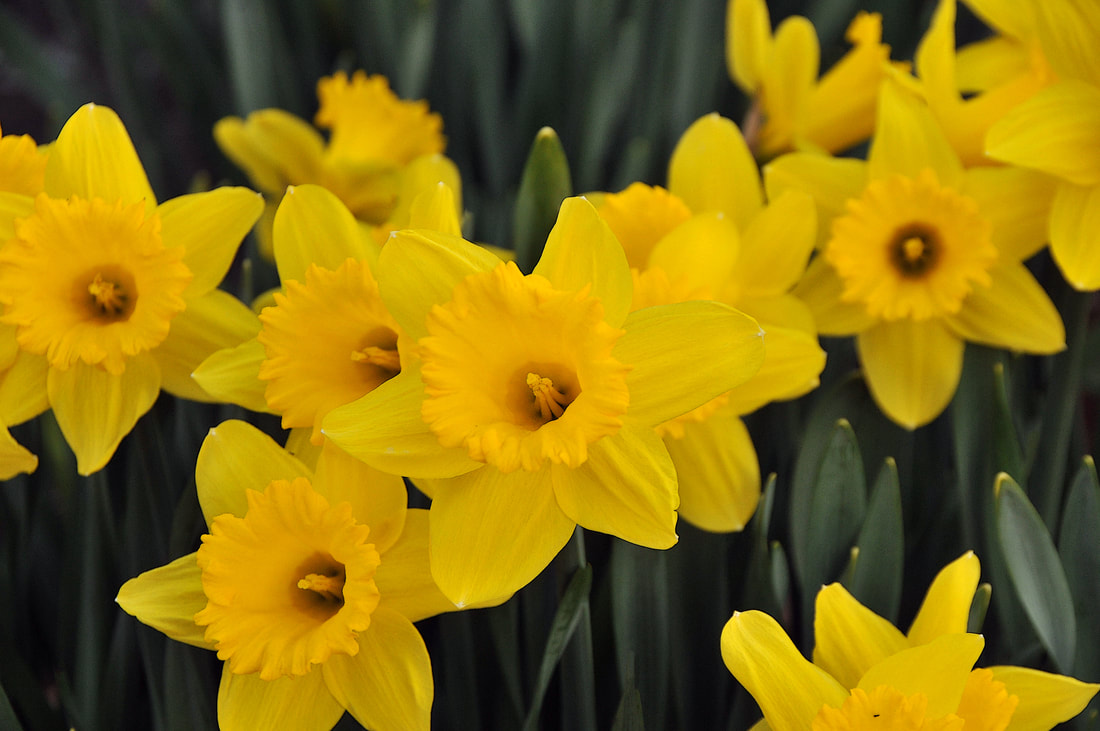
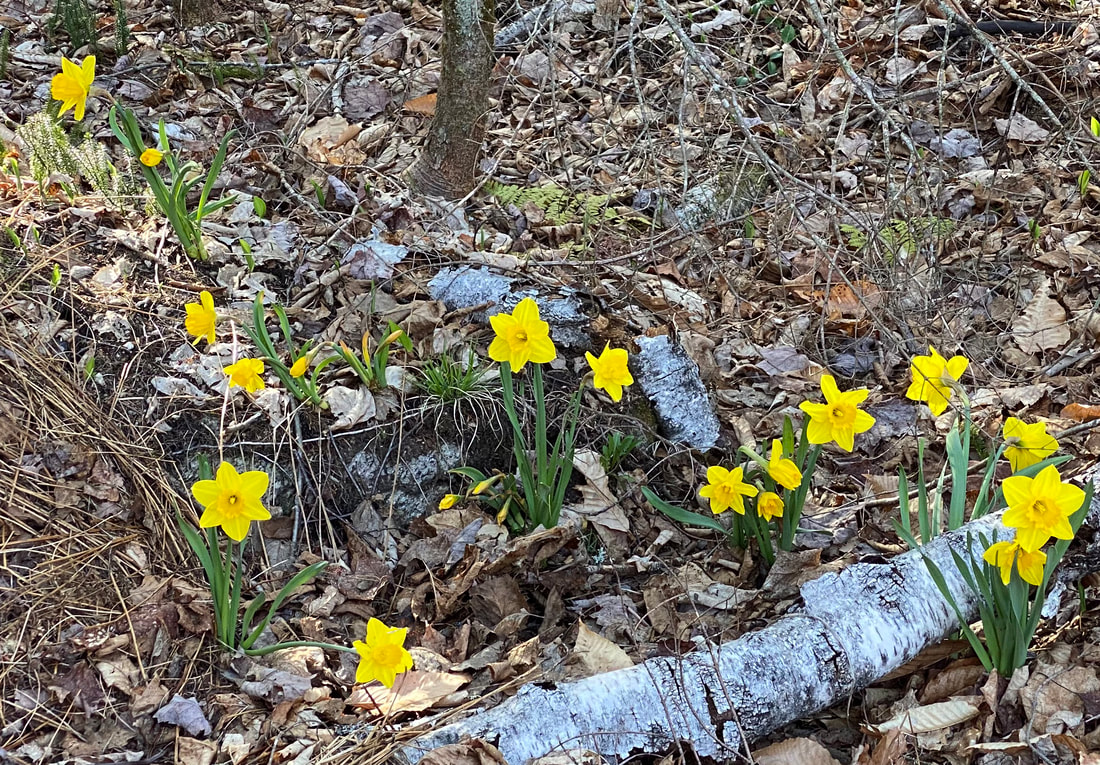
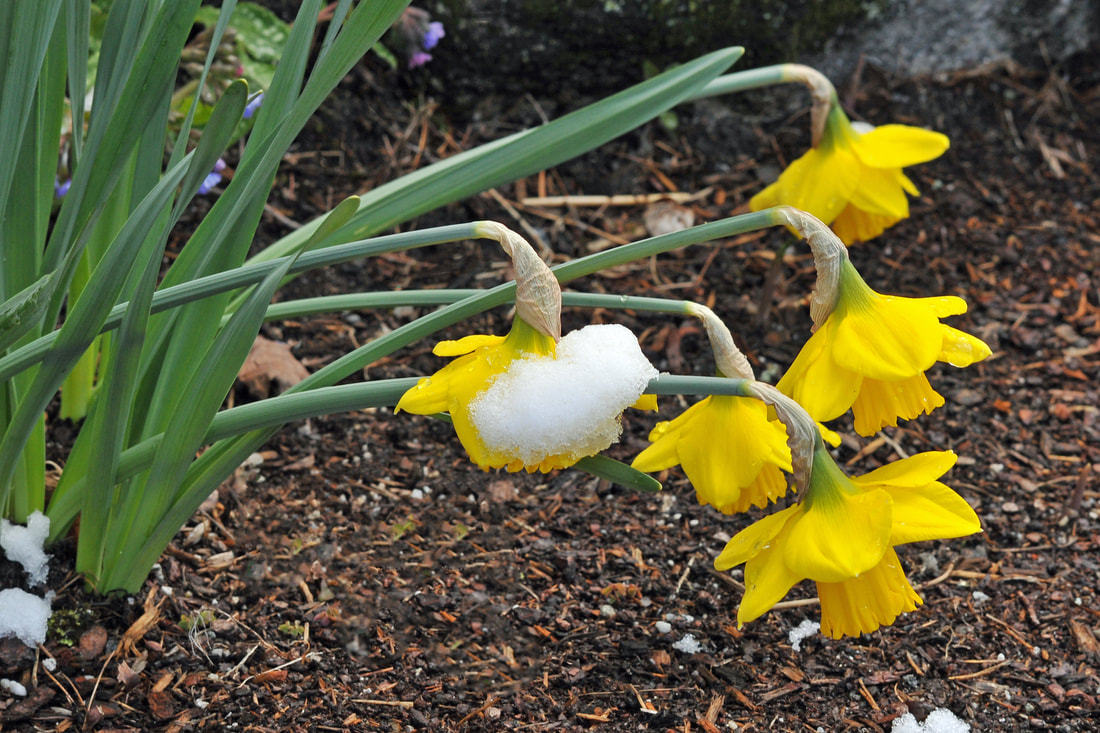
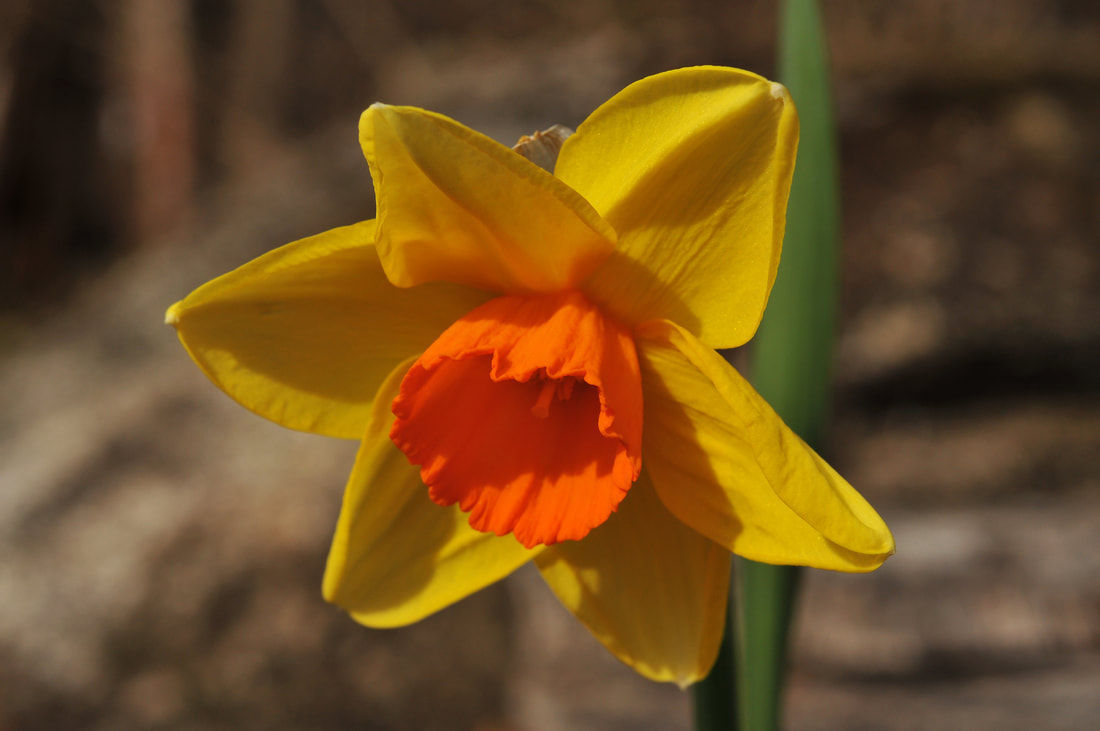
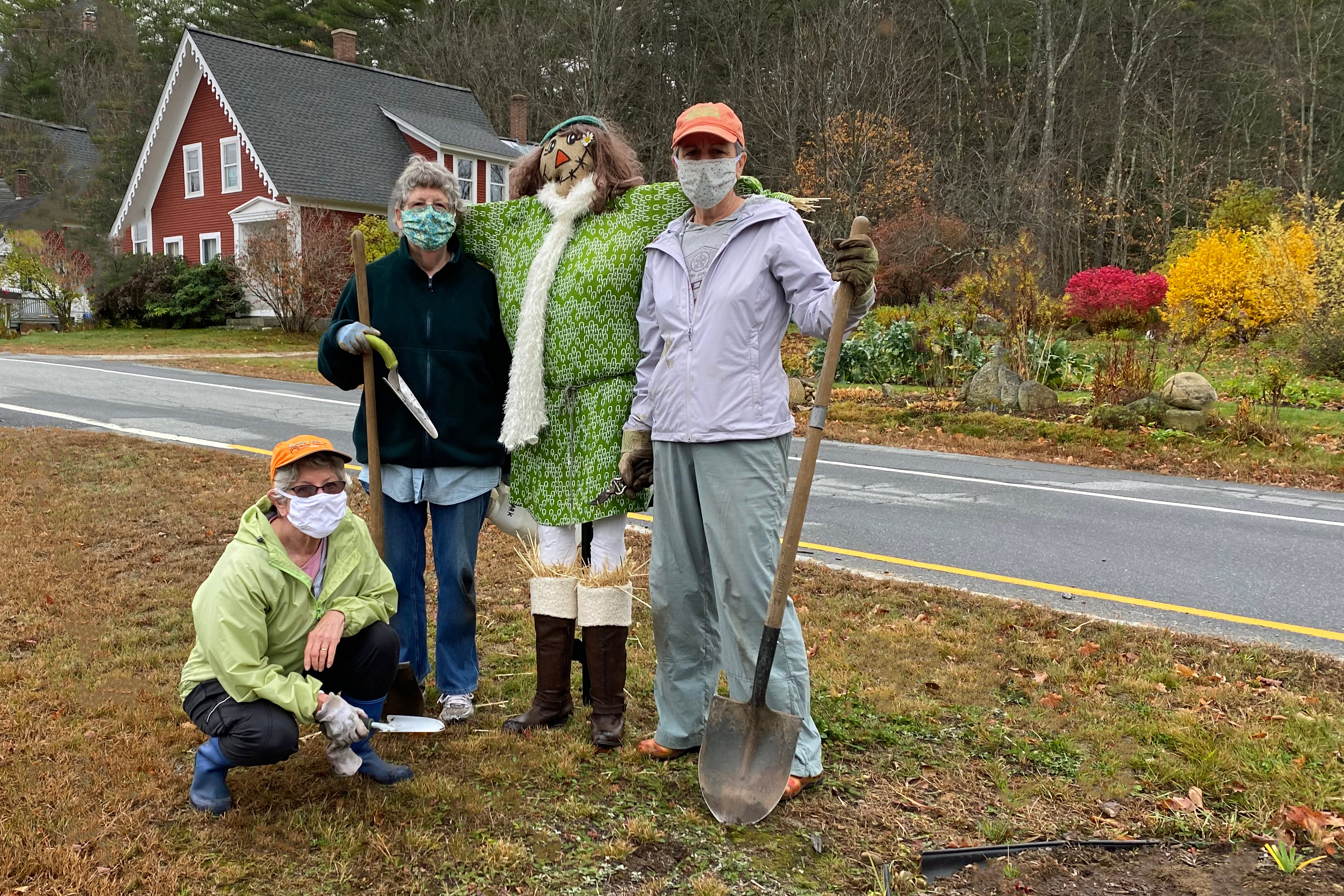
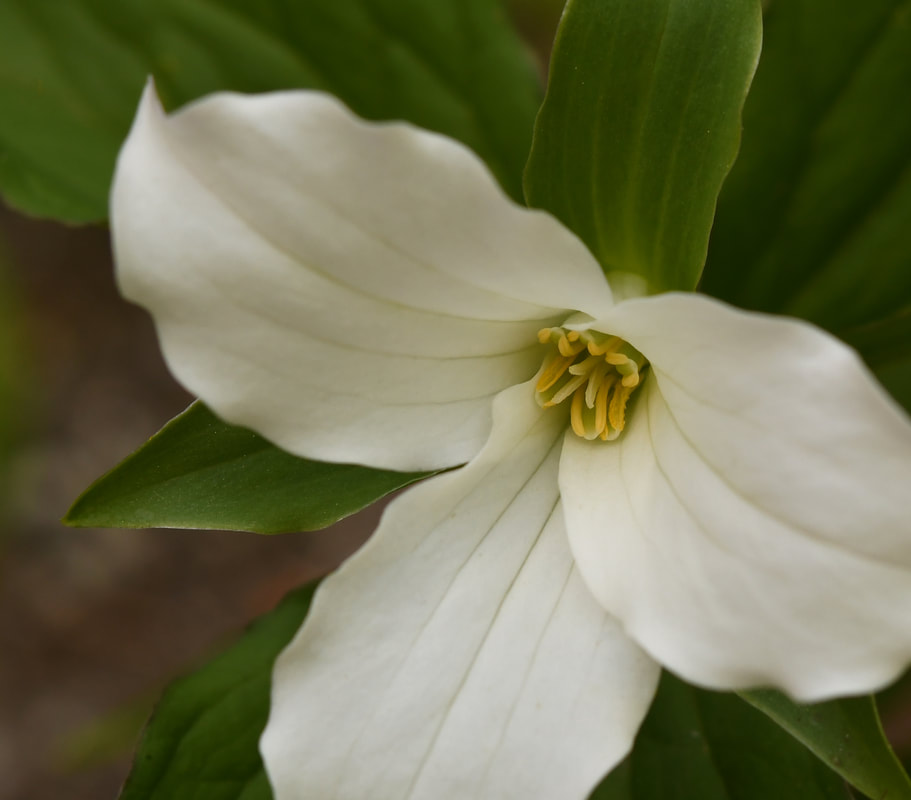
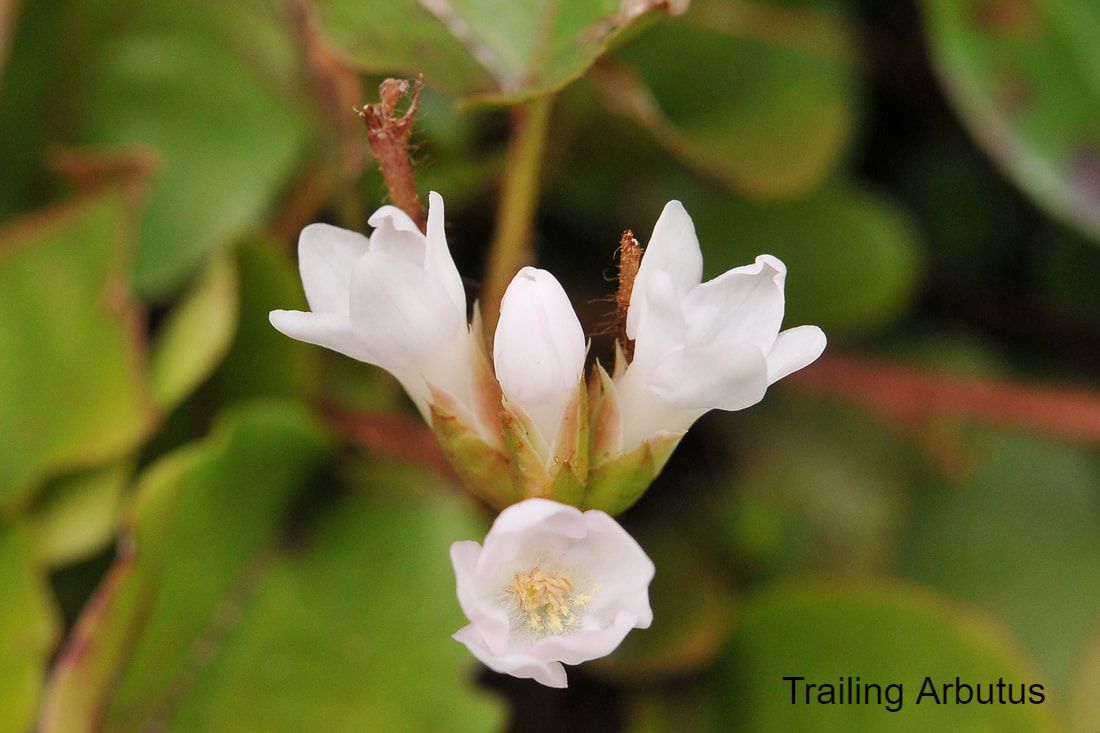
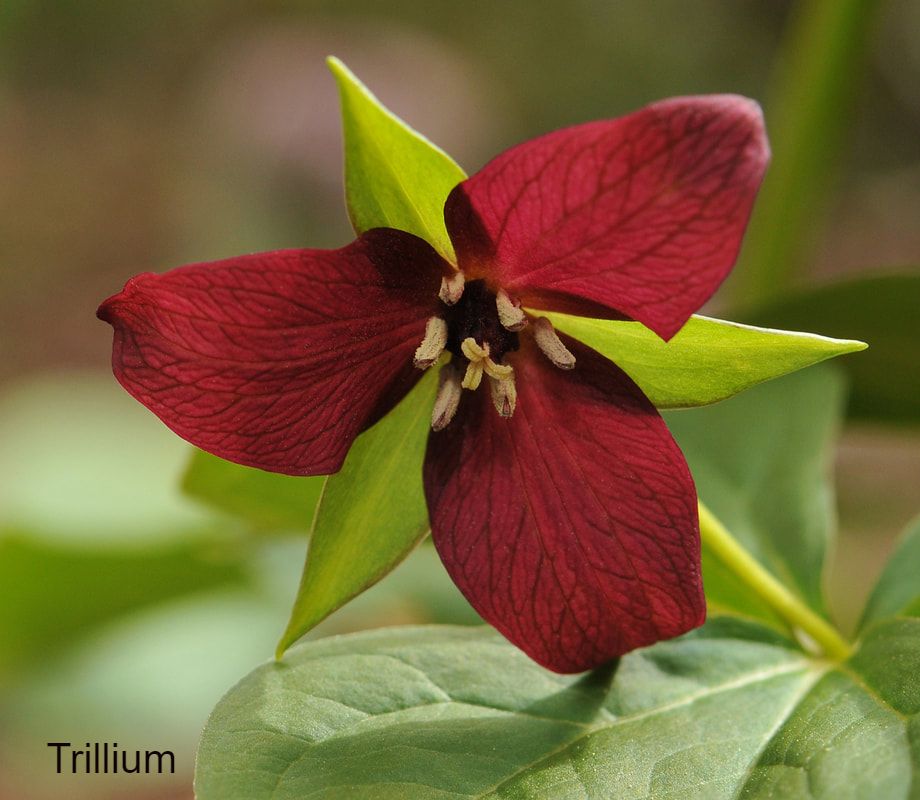
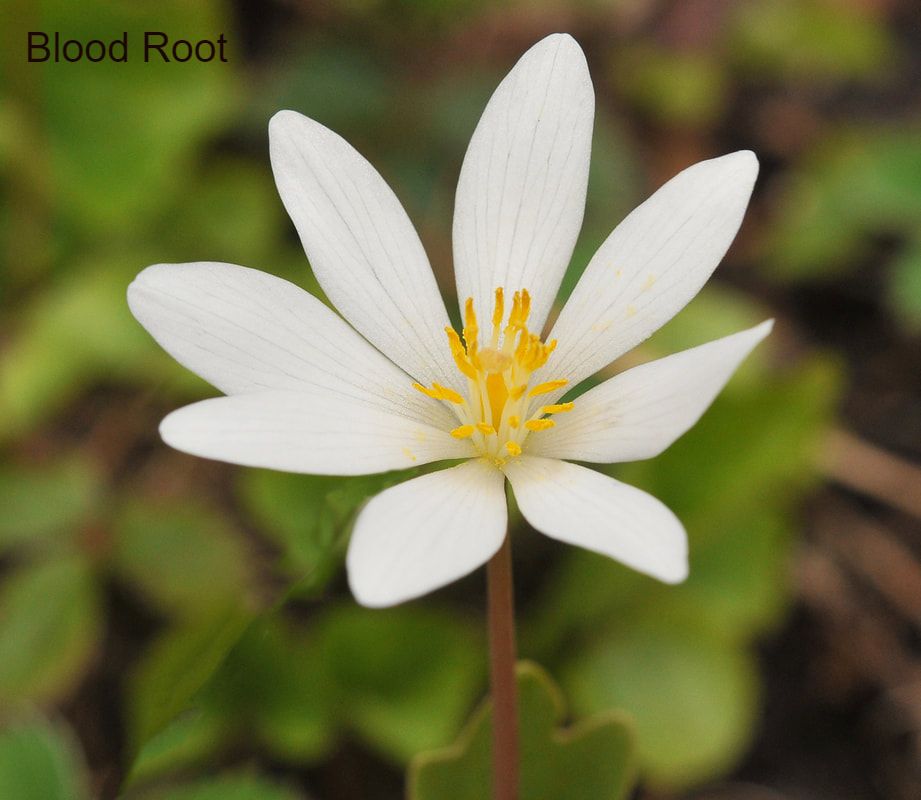
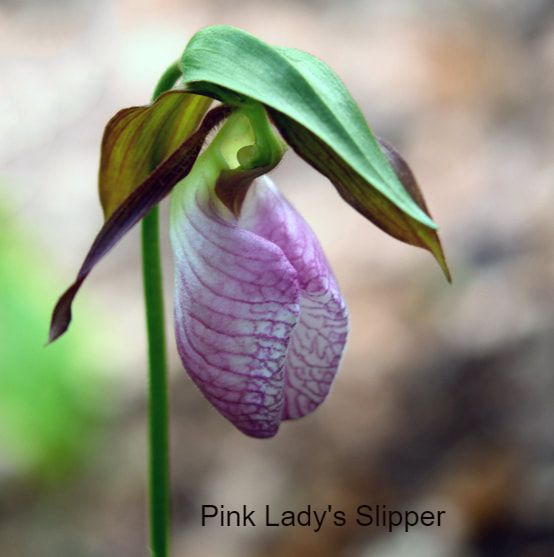
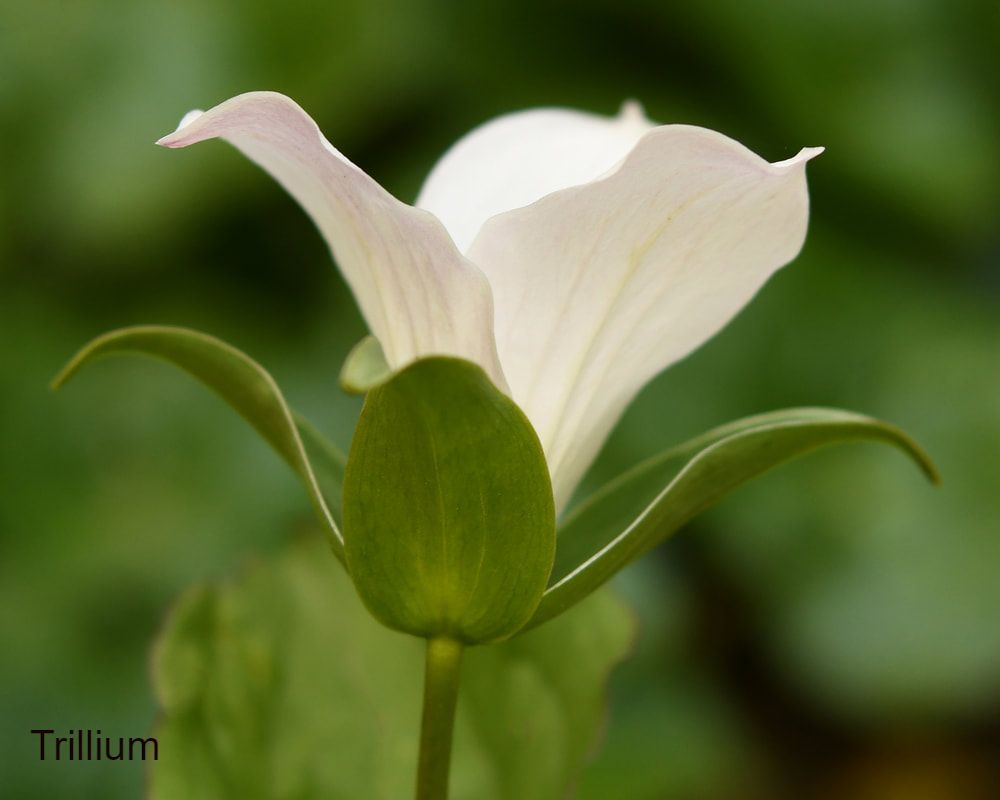
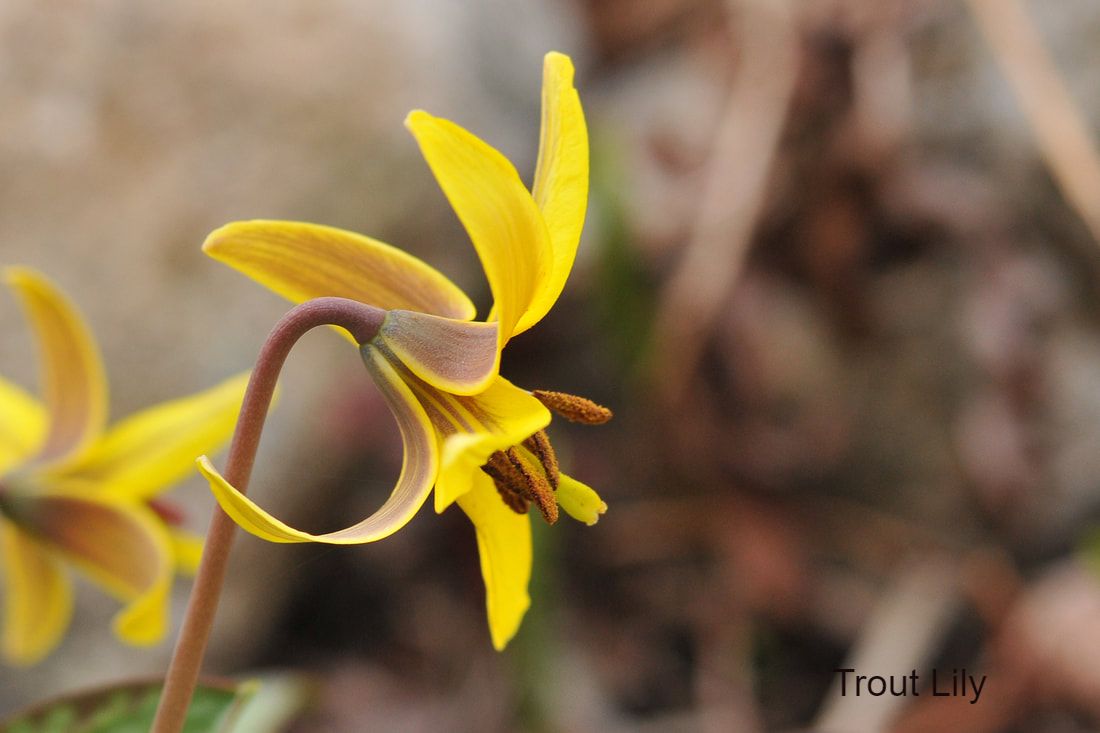
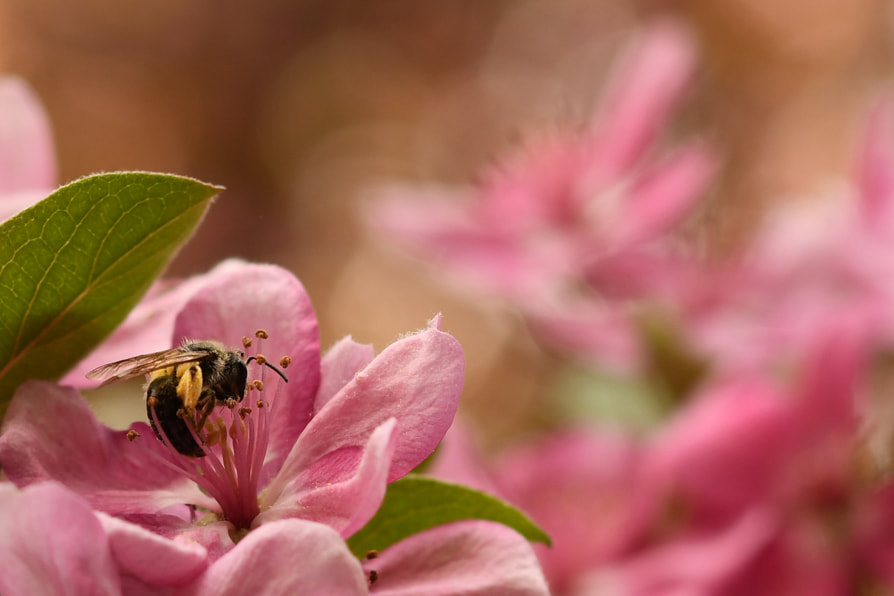
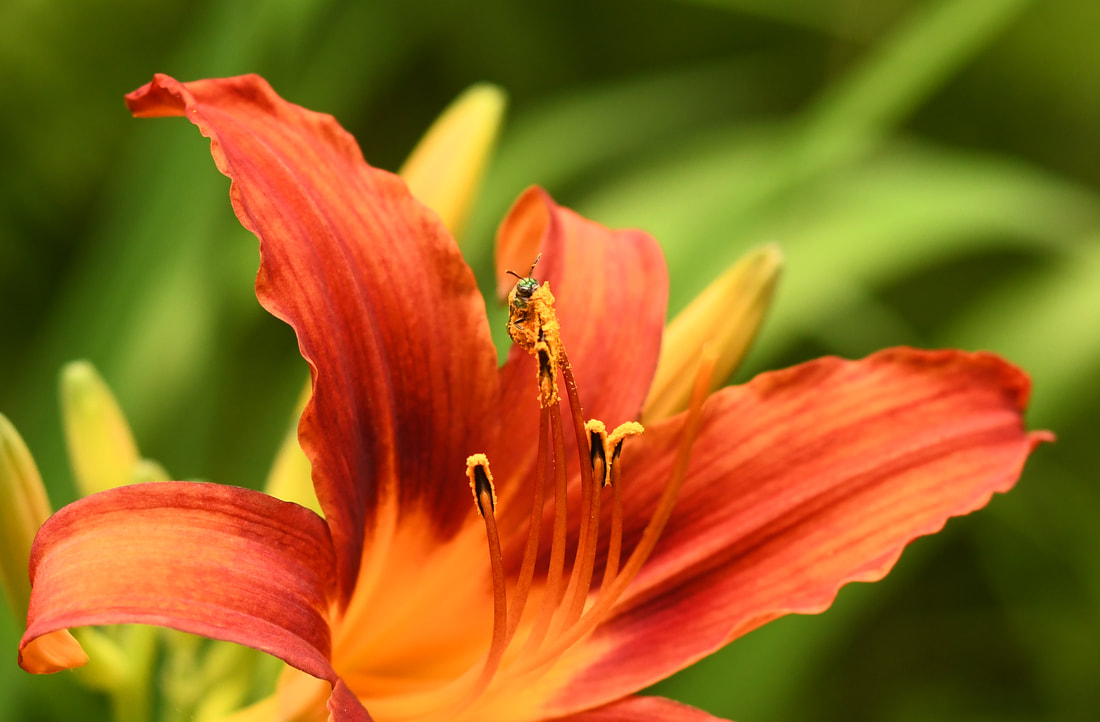
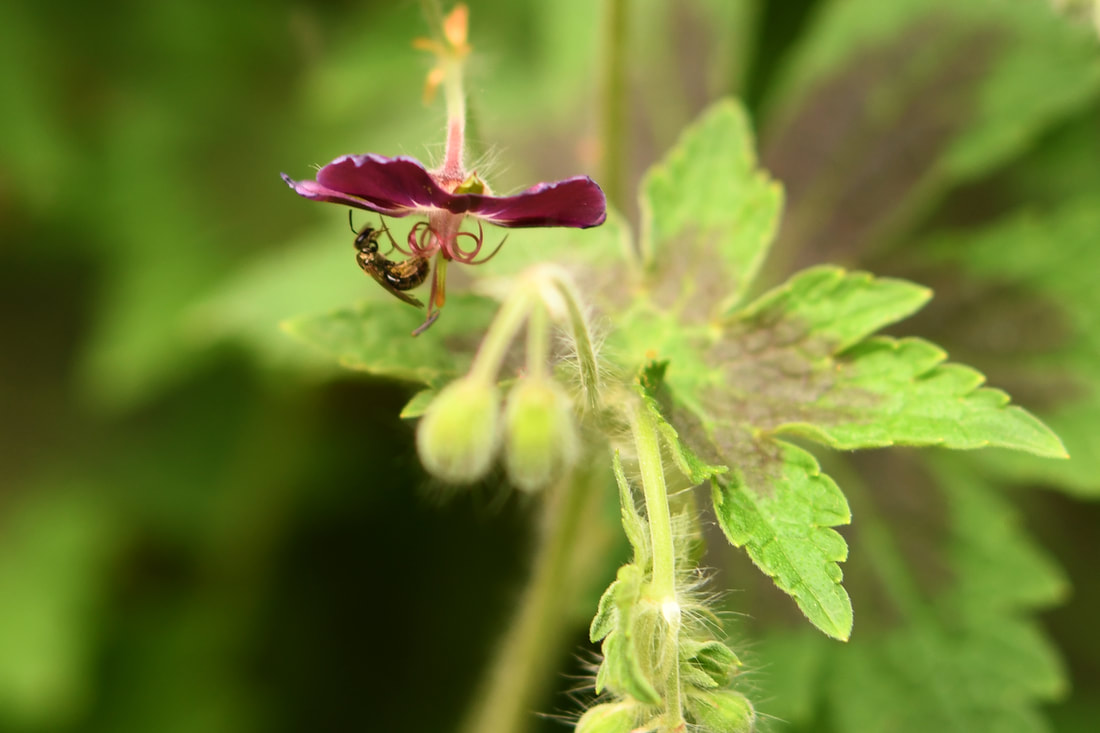
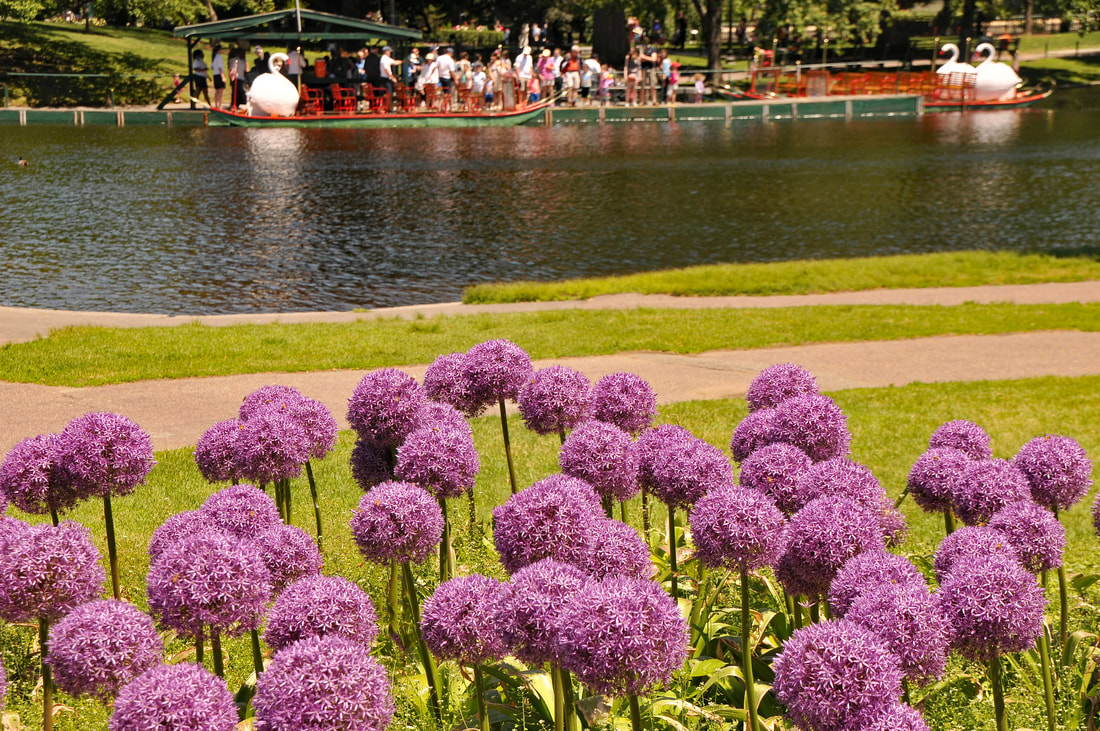
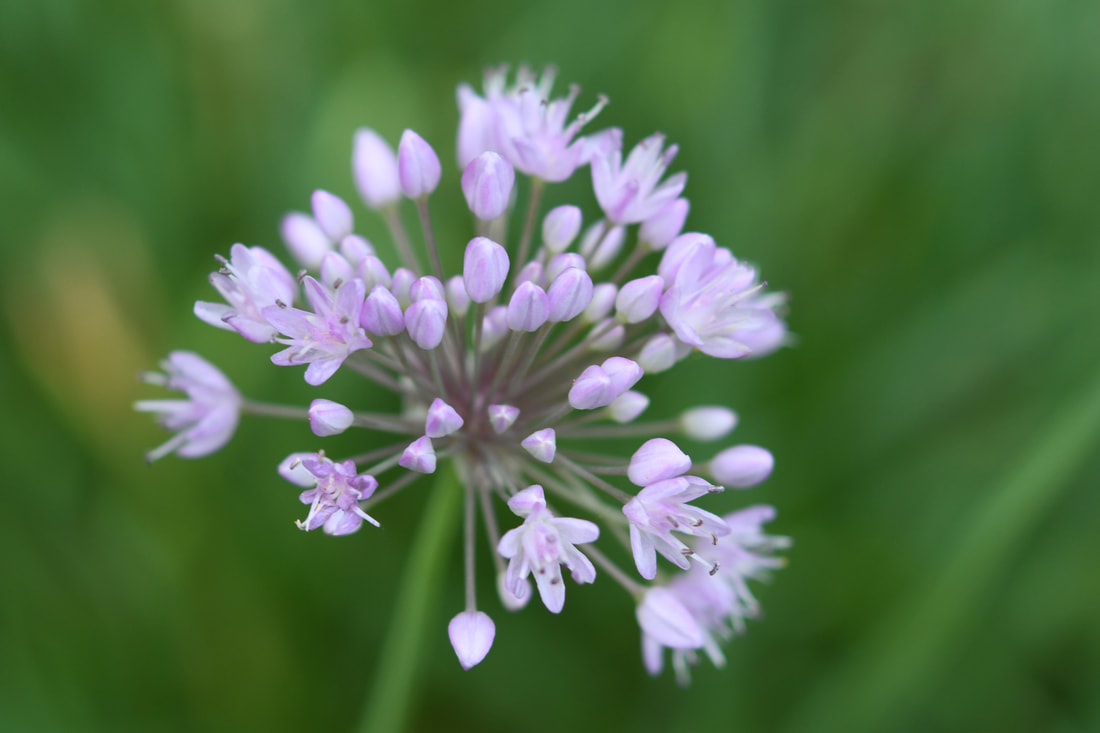
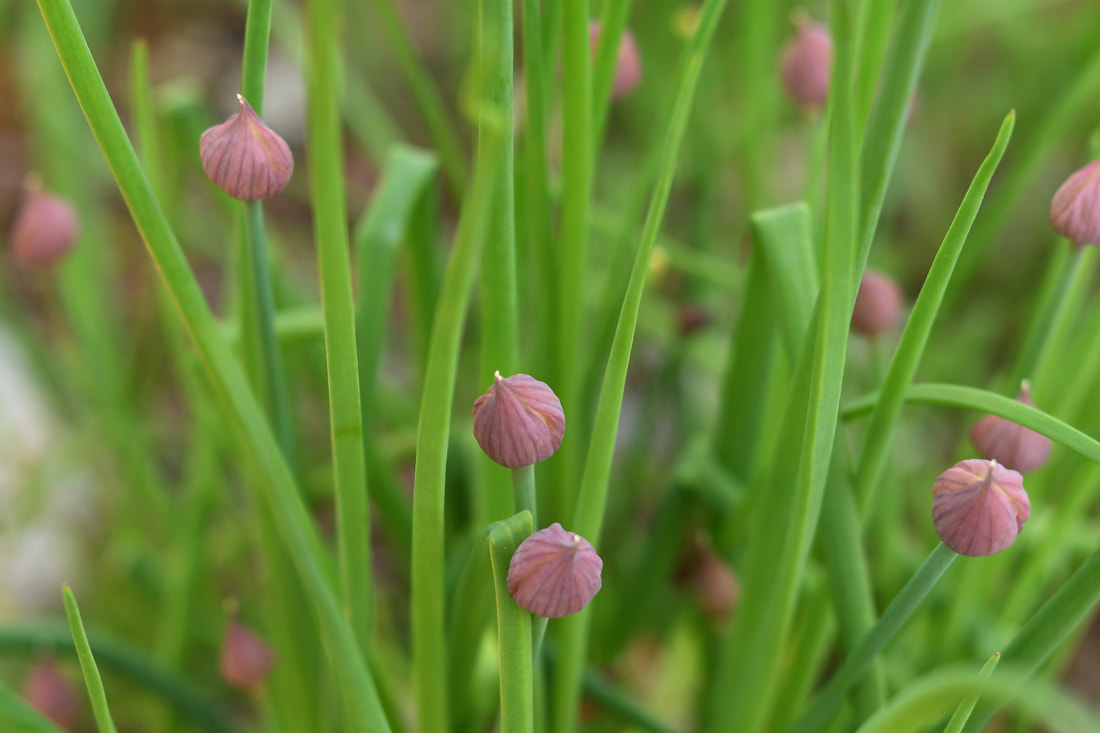
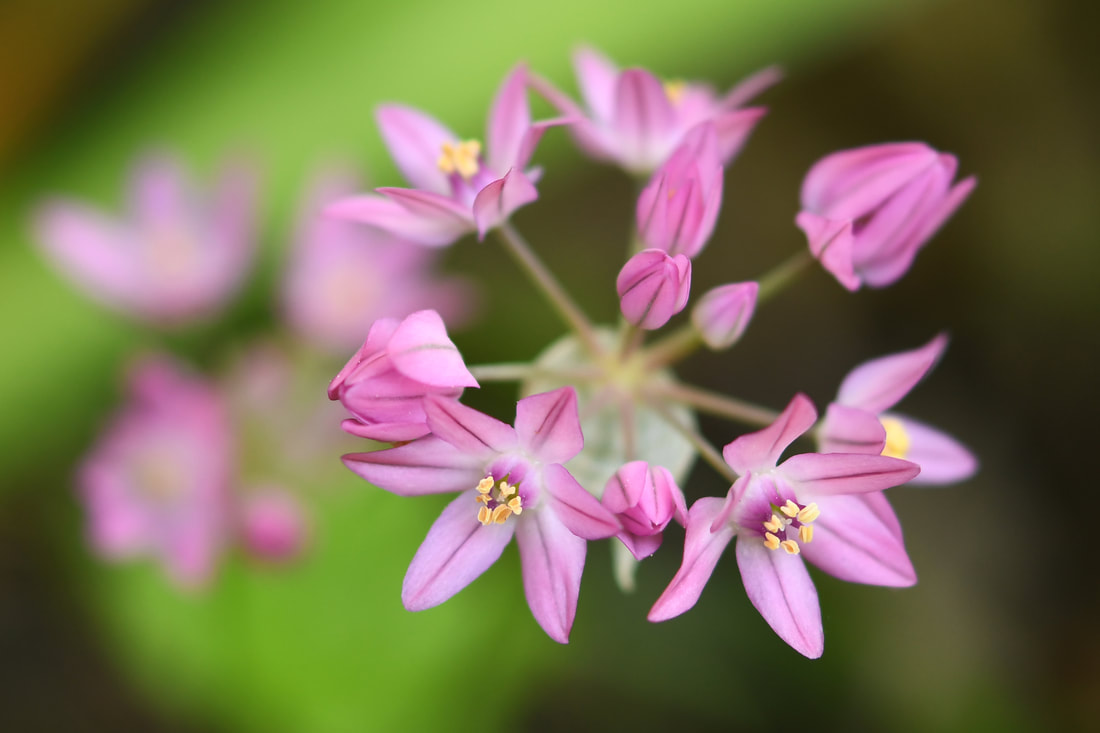
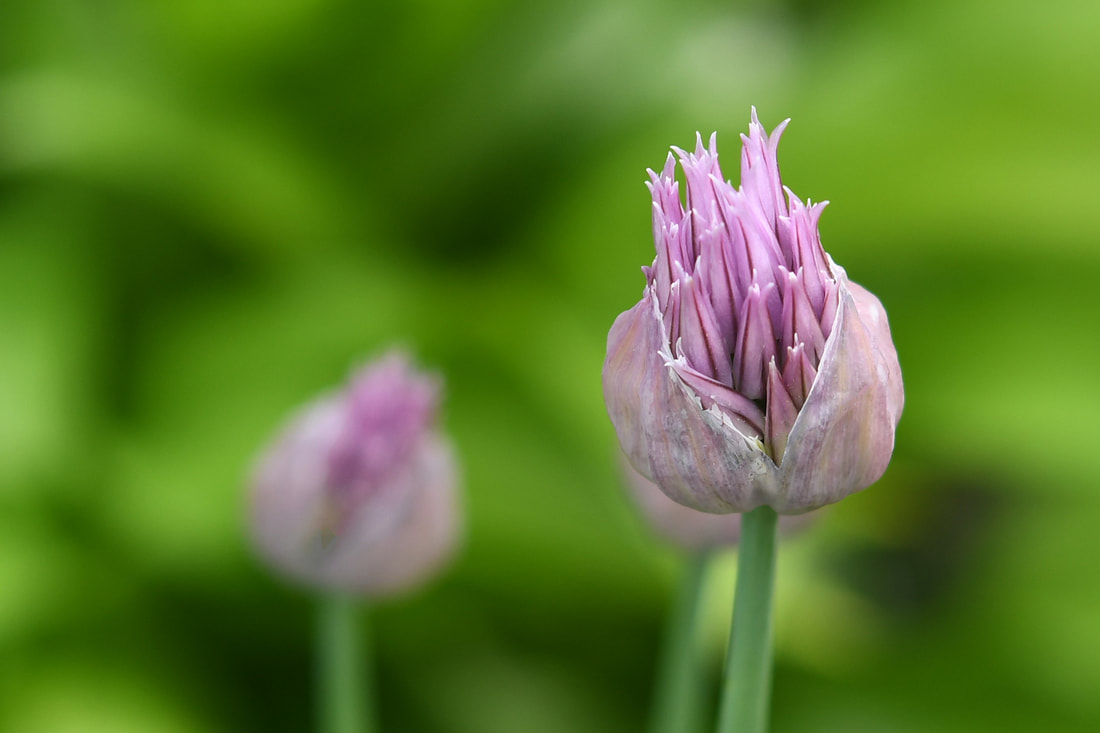
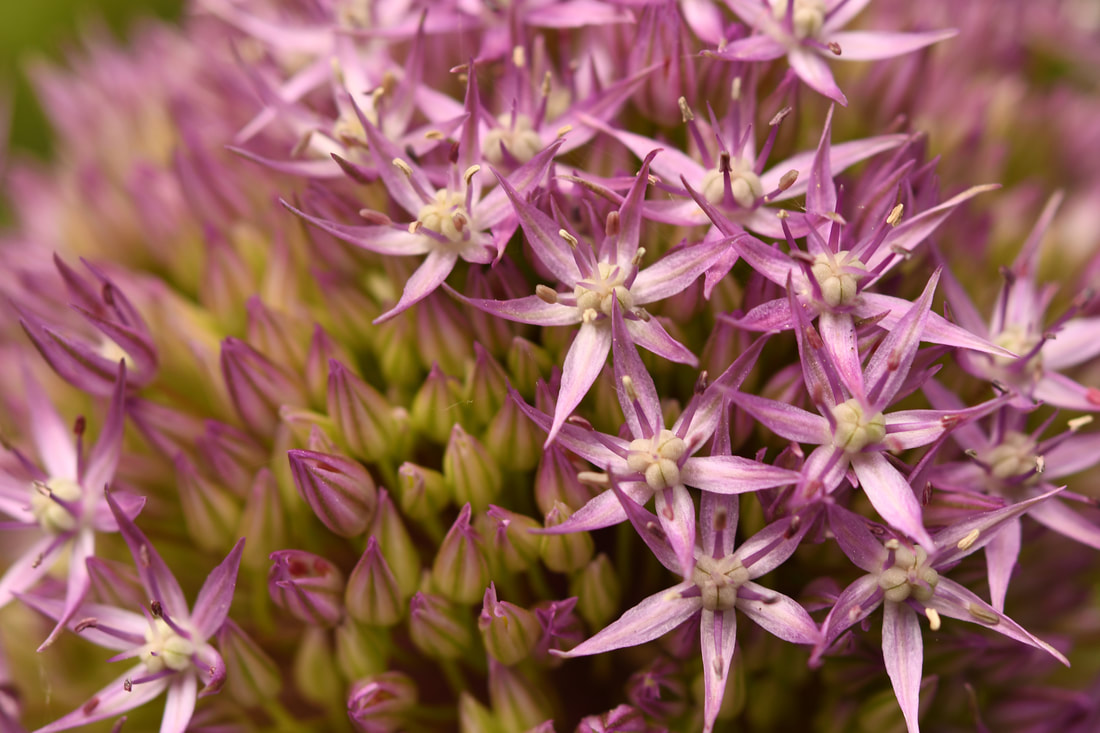
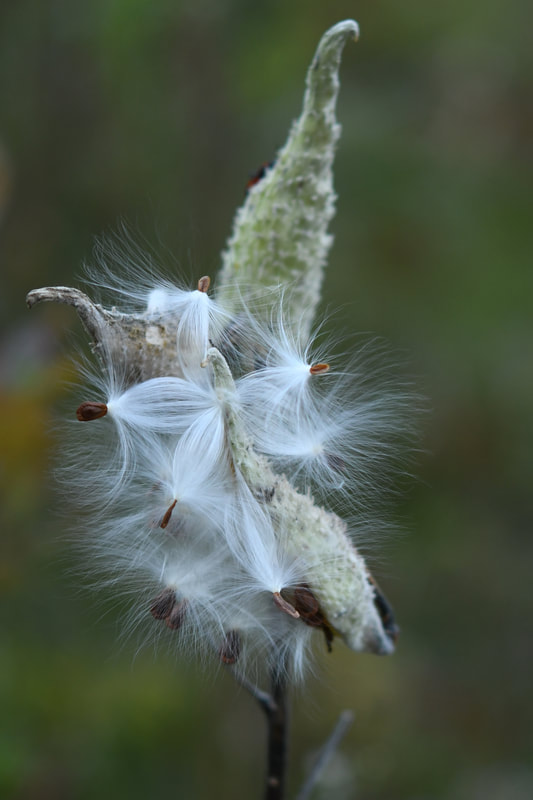
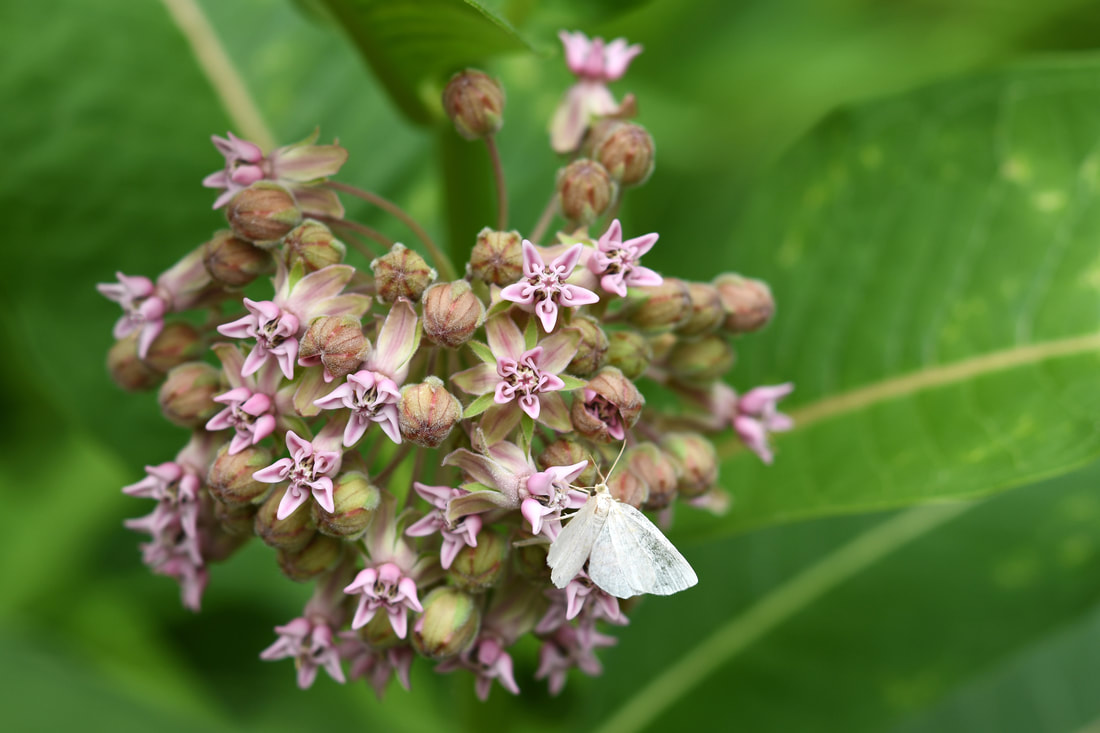
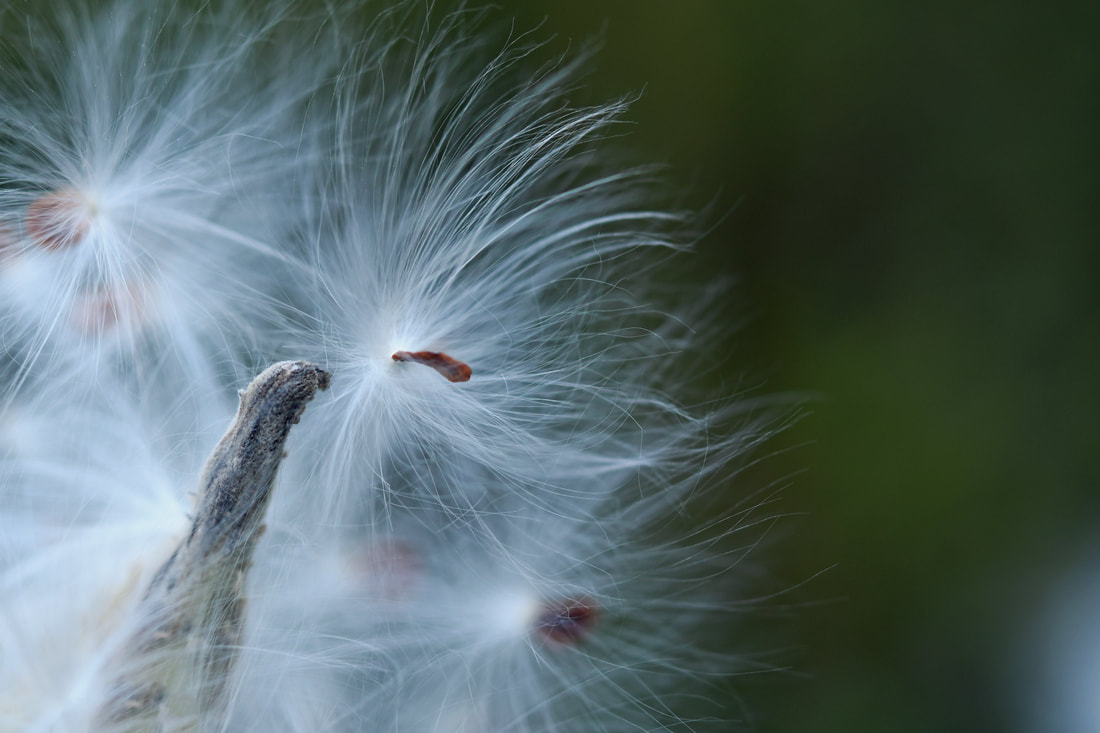
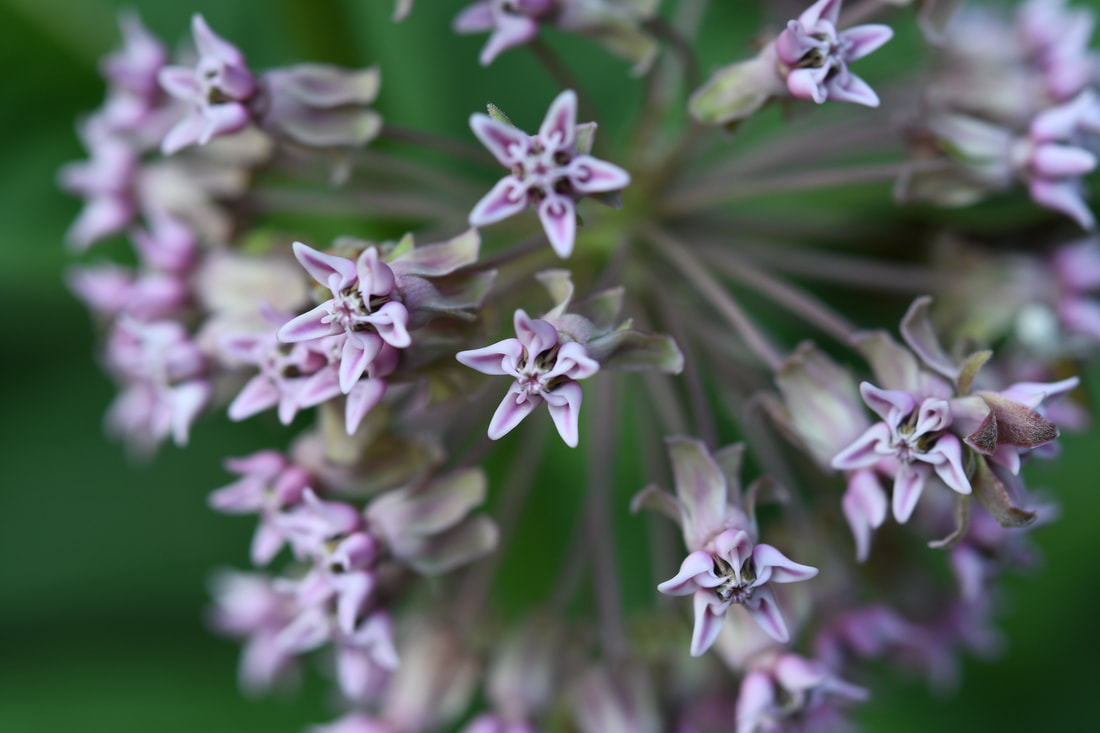
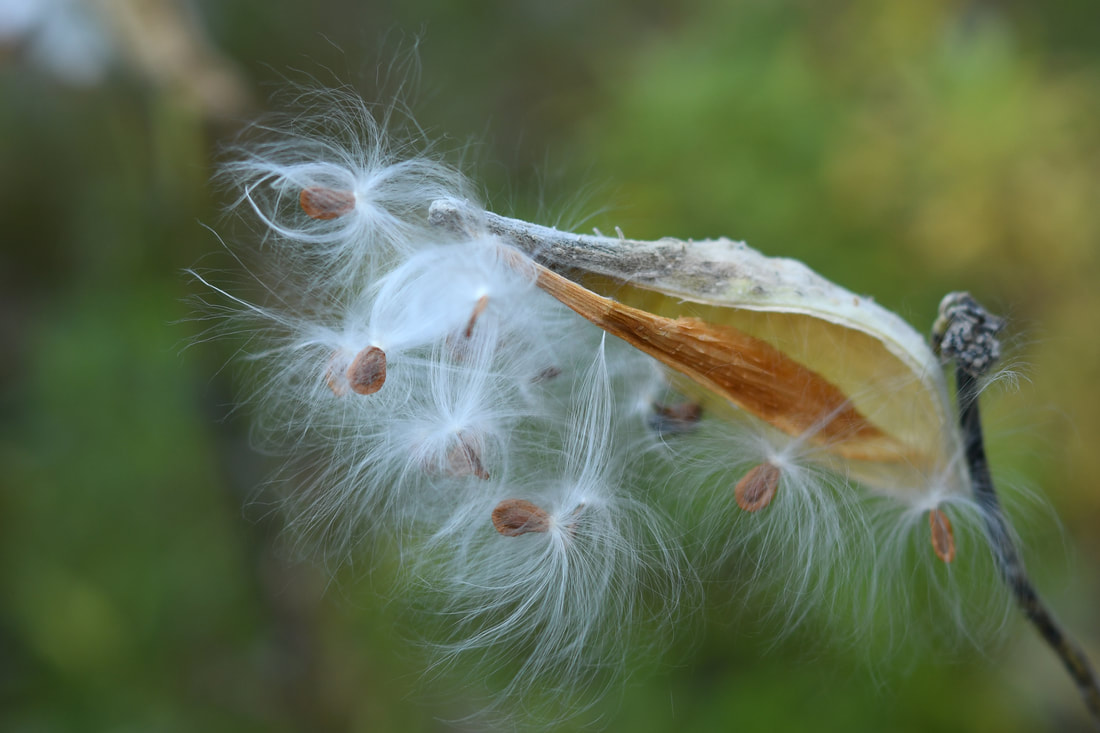
 RSS Feed
RSS Feed